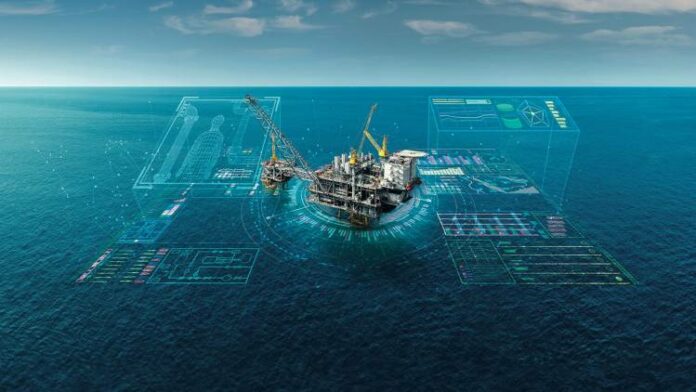More private equity-back companies are joining the majors in regions such as the Gulf of Mexico and activity levels offshore are picking up globally, according to analysts. This comes as companies continue to cut costs, making offshore developments competitive with unconventional ones onshore in some cases.
But there are still plenty of challenges ahead for the offshore sector. Safety, flow assurance issues and taking advantage of data were some of the obstacles mentioned by panelists speaking on offshore challenges and opportunities during a recent event at Rice University. Digitalization was a recurring topic.
“Digitalization has disrupted several deeply rooted industries and dramatically accelerated technology adoption,” according to a presentation by Hani Elshahawi, deepwater digitalization lead for Shell, who said today it’s either disrupt or be disrupted. “Change is the new constant.”
However, gaining value from the abundance of data generated from oil and gas fields require getting beyond the hype, he said. “It’s about value at the end of the day,” Elshahawi said. “Insights are useful, but if you don’t translate them into doing something fundamentally different, faster, better…you don’t actually gain anything.”
He pointed out the importance of better aligning risks and rewards, and moving from a theory-driven approach to a data-driven approach. This involves collecting data, then analyzing it, deciding on a plan and reflecting on the outcomes before making adjustments. Fundamental to the process is breaking silos, both within companies and among industry players, and having a digital twin—a digital representation of a physical asset—helps, according to Elshahawi.
Shell, which has more than 100 petabytes of data, is carrying out digital initiatives across its portfolio. These include the company’s Nyhamna gas facility in Norway, where a digital twin is being used to better understand the facility, operations and maintenance needs.
Source:epmag


